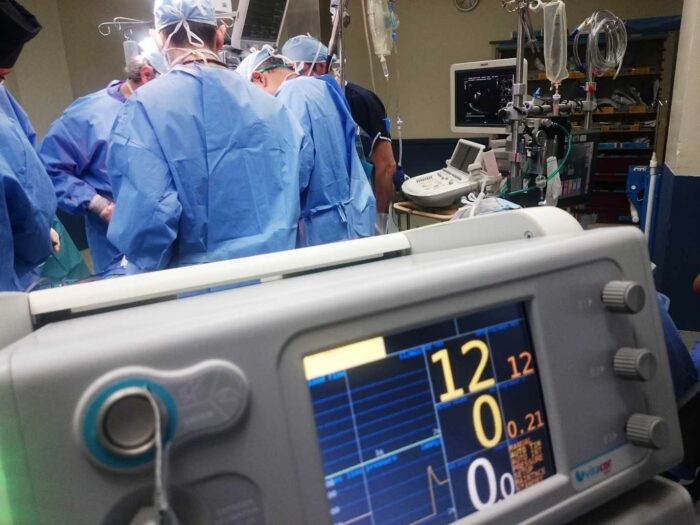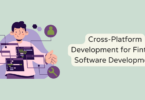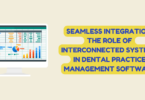
Although the medical technology industry has progressed slowly in the past, the global pandemic has demonstrated the vitality of innovations.
COVID-19 has accelerated the extensive use of new technological trends in the healthcare sector. To better understand how technological advances influence the future of digital medicine, it is vital to study vital technological trends.
Intelligence Artificial
Artificial intelligence is highly likely to improve technology in healthcare. AI-based software capable of making human-like decisions and analyzing massive amounts of data can open up many possibilities. AI can enhance diagnostic accuracy, speed, and efficiency.
Machine learning can also improve the process of drug development to faster market introduction of new pharmaceutical products. Electronic batch record are another implementation of machine learning. EBR can be used in a cost-effective and time-saving way to help in production and operational processes.
Telemedicine and remote monitoring of patients
It can be costly and time-consuming to see a doctor for something routine, so telemedicine cost is more affordable. Although telehealth has provided access to regular medical care for people in remote areas, COVID-19 has dramatically improved telemedicine resources. One of the main advantages of telemedicine during personal visits, particularly in the aftermath of a global pandemic, is that contact between patients and health care professionals is minimized.
It is not only affordable for telemedicine but also can help determine when emergency aid is needed. As people get more comfortable living and working remotely, telemedicine growth is likely to progress even after the pandemic is over.
The Internet of Medical Things (IoMT)
Different wearable devices and mobile apps gather massive amounts of patient health data crucial for many patients and their physicians when tracking and preventing chronic diseases. However, for the healthcare industry, the Internet of Things has much more to offer.
The Internet of Medical Things, or IoMT, arose from the combination of IoT and telemedicine. The IoMT solution can transmit directly to a patient’s EMR data collected by hospital equipment. Medical measures can also be taken with the help of IoMT, such as temperature, glucose level, or blood pressure. These solutions not only save a lot of time but also reduce the likelihood of data entry errors. The IoMT incorporates all the information from various devices seamlessly to help physicians provide better care for their patients.
Healthcare AR & VR
Virtual and enhanced reality is equally influential technologies with great potential to enhance health care quality. This technology makes science fiction a reality.
AR and VR move from gaming to medical school, clinic, medical meetings and office. AR and VR solutions can increase patient-doctor interactions and help to educate medical college students in simulations of procedures. On VR tours of human organs, Med students can learn anatomy and physiology. Surgeries recorded or broadcast live in VR allow students to monitor the process from the surgeon’s point of view. In addition, AR and VR technology promises to help surgeons provide services. As data can be transferred directly into a surgeon’s vision, they can access data that can benefit their procedures in real-time.
3D-printing
In all aspects of healthcare, 3D printing can bring miracles. 3D printing is a technology on its way from biotechnology and prosthetics to instrumentation and implants to transforming our thinking about what is medically feasible.
Bioprinting is developed to print different tissue types, whereas 3D inkjet printing is now used to design improved medical devices and instruments, such as forceps, scalpel handles, and clamps. These tools come from the sterile printer and cost one-tenth as much as stainless steel.
The pharmaceutical industry also benefits from 3D printing. Were you aware that for years, FDA-approved 3D print pills have been a reality? We can also print 3D biotechnologies, artificial extremities, living skin, blood vessels, etc. This development is particularly critical for burn victims’ skin grafts.
Conclusion
Thanks to the advent of digital health, we live in revolutionary times. We at the Kepler team are committed to disseminating health innovations that will shape the industry in the future. While proven systems are often preferred for their reliability and familiarity, healthcare networks always seek new ways of improving performance, productivity, and efficiency.
Kepler’s extensive expertise in software development enables your company to be a part of the modernization process. Our technological expertise will facilitate modern technology, leading to more exact diagnoses, seamless transfers of data, and, most importantly, considerably improved patient care. Contact us to learn more about the healthcare future.







You must be logged in to post a comment.